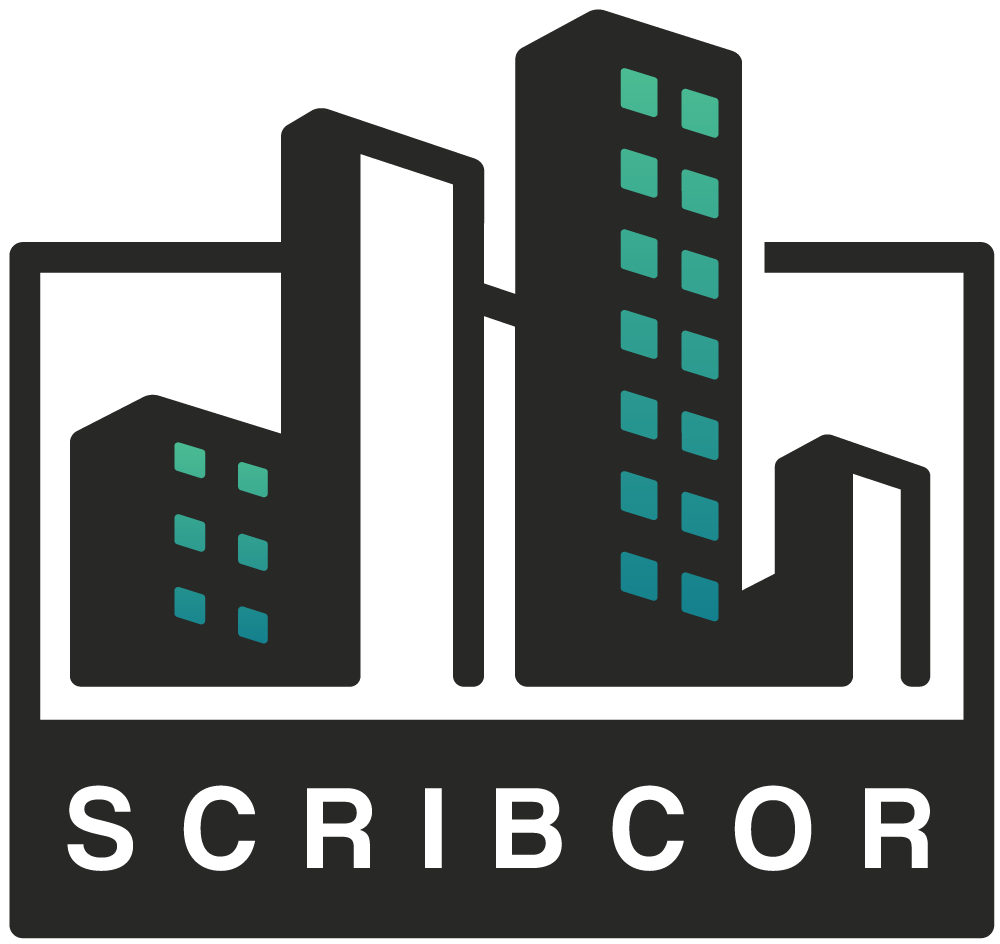The accounting requirements for ASC 842, IFRS 16, and GASB 87 compelled companies to look at not only their real estate leases, but also added requirements for managing equipment leases. So, what does lease administration for equipment leases involve? Well, there are several different activities that equipment lease administrators accomplish: identifying lease documents and the assets attached to each lease, abstracting the lease agreements, verifying payments are made correctly, reviewing key dates, ensuring proper maintenance, identifying assets that are newly rented or returned to the lessor, and more.
Documents and Asset Identification
The first step before abstraction can begin is to identify all equipment leases. Knowledge of the types of equipment your company is leasing will help with this process: automobiles, heavy machinery, forklifts, train cars, trucks, printers, copiers, computers, other small electronic devices, and more. Making sure all working documents relating to each lease in a portfolio have been identified, organized, and saved, either in a database or other secure electronic repository, is a central part of lease administration. Once the documents have been organized, it is a best practice to make sure your company has inventoried the equipment listed on the leases so that all assets have been identified.
Lease Abstraction
The most important information in your lease needs to be summarized in order to effectively manage your equipment portfolio. This information is usually captured in a lease administration software database or in a lease abstract template. Having consistent lease information throughout your database will help you throughout the life of your leases. Reviewing or reporting any of the rights and responsibilities on a portfolio-wide basis requires abstracting consistent information for each lease in the portfolio. Understanding what data is important to your business team and abstracting that for each lease provides consistent, reliable information useful for making decisions.
Financial Obligations
Equipment lease administration teams monitor and validate monthly rent costs and subsequent payments. Any adjustments in the number of equipment assets added to or subtracted from a lease can contribute to a financial loss, either due to continued payment on a piece of equipment that has been returned or late fees incurred due to nonpayment on newly added equipment. Monitoring the inventory of equipment, as well as the monthly statements issued by the lessor, is extremely important for payment and accounting accuracy.
Monitoring Key Dates
Monitoring key dates is also a responsibility of equipment lease administrators. Knowing if a lease renews automatically or when a lease will end is essential to maintaining both inventory and payment amounts. A lease that renews automatically could require a company to continue payment on equipment that has become outdated or past its useful life. Additionally, watching the termination date of a lease is equally important if the equipment is no longer needed. We have also found clients who continue to keep and pay for the equipment, not realizing the lease is being held over and the equipment could be returned.
Equipment Maintenance
Many equipment assets require maintenance. The type of maintenance and party responsible for maintaining the asset are described in the lease. Completing proper maintenance at the designated times keeps equipment assets in proper working order for those who rely on them each day. Often office equipment, printers, and copiers are maintained by the lessor with the costs for maintenance built into the monthly lease charge. Typically, lessees are required to maintain equipment like autos, forklifts, and other vehicles at the lessee’s cost to keep those assets in excellent working order.
Administering leased equipment portfolios includes several essential ongoing activities. Identifying and abstracting lease agreements, and monitoring payments and key dates are important for meeting financial obligations while reducing the risk of making payments past the lease term. Repairing and maintaining leased assets is done not only to maintain lease compliance, but also to ensure continual everyday use. Are you administering your equipment lease portfolio in a way that is most beneficial for your company?
Scribcor Global is committed to delivering high-quality lease administration services. Our knowledgeable team has experience maintaining equipment lease portfolios comprised of various types of assets and we have helped our equipment lease clients streamline their processes. To find out how we can help you manage your lease administration processes, please contact Sharon today at 630-581-5557 or sotteman@scribcorglobal.com.


